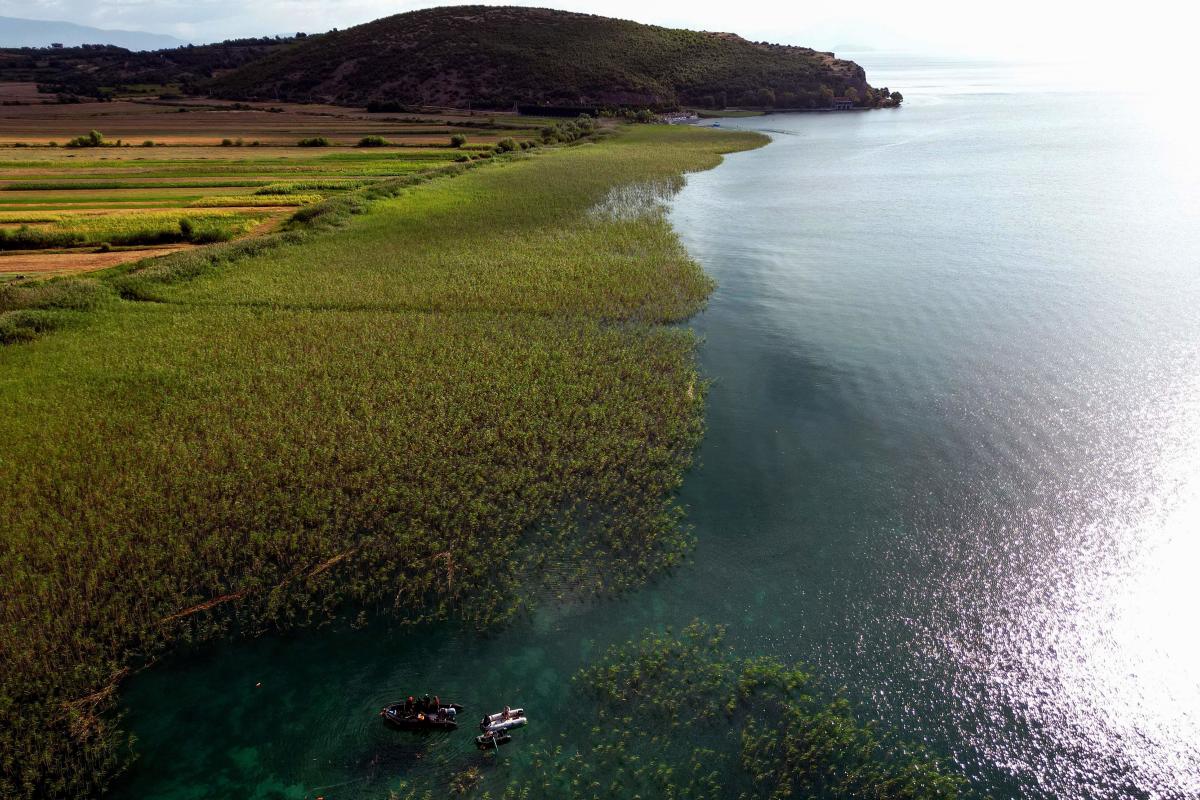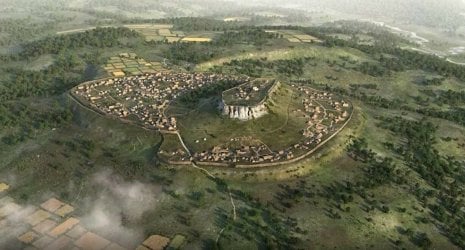Votto
Diamond Member
- Oct 31, 2012
- 56,422
- 57,160
- 3,605

Scientists uncover 8,000-year-old village underwater, find "treasure trove"
Scientists are now trying to solve the mystery of why it sheltered behind a fortress of defensive spikes.
Beneath the turquoise waters of Lake Ohrid, the "Pearl of the Balkans," scientists have uncovered what may be one of Europe's earliest sedentary communities, and are trying to solve the mystery of why it sheltered behind a fortress of defensive spikes.
A stretch of the Albanian shore of the lake once hosted a settlement of stilt houses some 8,000 years ago, archaeologists believe, making it the oldest lakeside village in Europe discovered to date.
During a recent dive, archaeologists uncovered evidence suggesting the settlement was fortified with thousands of spiked planks used as defensive barricades.
"To protect themselves in this way, they had to cut down a forest," said Hafner.
But why did the villagers need to build such extensive fortifications to defend themselves? Archaeologists are still searching for an answer to the elusive question.
So much for the theory that man lived peacefully with other men in the Hunter Gather Utopia that turns out to be a complete myth.
Man never changes.





